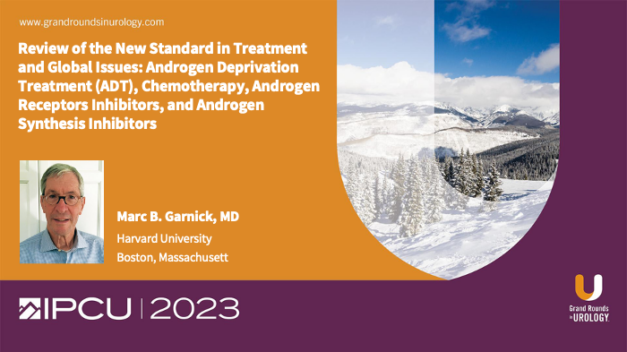The Role of Radiotherapy in Oligometastatic Prostate Cancer and How to Treat the Primary in De Novo Oligometastatic Disease
Daniel A. Hamstra, MD, PhD, FASTRO, FASCO, discusses the use of radiotherapy in oligometastatic prostate cancer treatment and how to approach treating the primary in de novo oligometastatic disease. In this presentation, Dr. Hamstra covers:
The history and definition of oligometastatic disease.
The history of radiation therapy in localized and metastatic prostate cancer.
Results from the STAMPEDE, PEACE-1, and STOMP and ORIOLE trials.
The Pros and Cons of including radiation therapy in systemic therapy.
Progression to Survival and Overall Survival rates in radiation therapy patients.
Dr. Hamstra concludes by highlighting the need for more data on low-volume versus high-volume patients, and he recommends enrolling eligible patients in the ongoing SWOG S1802 trial.
Read More











